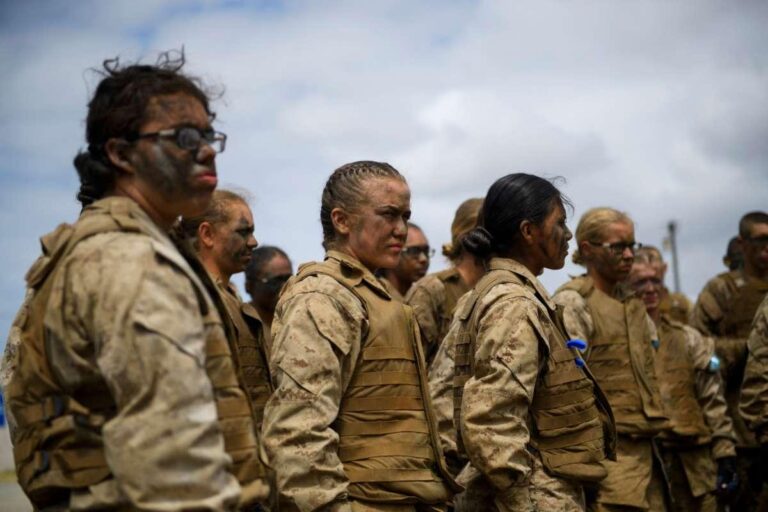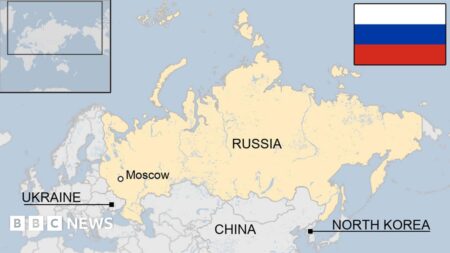In the wake of recent U.S. airstrikes targeting Iran, public anxiety over the possibility of a military draft is mounting. As tensions escalate between the two nations, questions about the potential expansion of military conscription have surfaced amid growing concerns about prolonged conflict. This article examines the factors fueling fears of reinstating the draft, the current state of U.S. military recruitment, and the broader implications for American society.
US Military Response to Iran Escalates Concerns Over Potential Draft
In the wake of recent US airstrikes targeting Iranian facilities, public anxiety regarding the possibility of reinstating the military draft has intensified. Analysts emphasize that while no official announcements have been made, the magnitude of the military’s mobilization efforts has raised questions about the readiness for a larger-scale conflict. Social media platforms have seen a surge in discussions about conscription, reflecting a growing unease among younger demographics about potential compulsory service.
Experts highlight several factors contributing to these fears:
- Increased troop deployments: Rapid movement of personnel toward strategic locations fueling speculation.
- Heightened geopolitical tensions: Escalated rhetoric between Washington and Tehran signaling deeper involvement.
- Historical precedents: Previous conflicts have triggered temporary drafts, setting a public precedent.
- Government communications: Ambiguous statements have left room for interpretation regarding mobilization plans.
| Indicator | Status | Public Reaction |
|---|---|---|
| Draft Registration Notices | None reported | Calming effect |
| Military Recruitment Activity | Significantly increased | Heightened concern |
| Government Statements | Noncommittal | Speculation grows |
| Public Protests | Emerging | Demonstrates unease |
Analyzing Historical Precedents and Legal Frameworks Surrounding Conscription
Throughout American history, conscription has been employed during times of significant conflict, most notably during the Civil War, both World Wars, and the Vietnam War. The Selective Service System, established in 1917, remains the legal foundation for the draft, though it has remained dormant since 1973 when the U.S. transitioned to an all-volunteer military. Historically, government decisions to activate the draft were rooted in clear national security threats and prolonged military engagements, often accompanied by widespread public debate and protest. The legal framework mandates that all male citizens and immigrants between the ages of 18 and 25 register for potential conscription, but activation requires specific Congressional and Presidential authority.
The possibility of reinstating the draft sparks concerns over civil liberties and social equity, especially considering the disparities seen during past conscription periods regarding deferments and exemptions. Below is a simplified overview of U.S. conscription milestones and legal prerequisites that highlight the intersection of law and public sentiment:
| Era | Conflict | Draft Activation | Legal Basis |
|---|---|---|---|
| 1863 | Civil War | Yes | Enrollment Act |
| 1917-1918 | World War I | Yes | Selective Service Act |
| 1940-1947 | World War II | Yes | Selective Training and Service Act |
| 1948-1973 | Korean & Vietnam Wars | Yes | Selective Service Act (Amended) |
| 1973-Present | All-Volunteer Force | No | Selective Service System (Registration only) |
- Congressional Authorization: Required to activate draft under emergency.
- Presidential Role: Calls for national mobilization and enforcement of conscription laws.
- Public Response: Historically varied It looks like your content was cut off at the end of the last bullet point. Here’s a possible completion and some suggestions to refine what you have so far:
- Congressional Authorization: Required to activate draft under emergency.
- Presidential Role: Calls for national mobilization and enforcement of conscription laws.
- Public Response: Historically varied, ranging from strong support during times of clear threat to significant protest and civil disobedience during controversial conflicts.
If you’d like, I can also help you expand on the public response or any other part of the section. Let me know!
Strategies for Civilians and Policymakers to Navigate Rising Geopolitical Tensions




